Following recent Israeli strikes on Iranian nuclear facilities, Iran launched a limited retaliatory missile attack on a US base in Qatar. While the attack caused no casualties, thanks to prior warning, the incident raises concerns about regional stability and the potential for further escalation. President Trump's comments on the situation suggest a cautious optimism, but ongoing tensions remain high.
Iran's "Weak" Response and Trump's Assessment

President Trump, in a post on Truth Social, characterized Iran's response as "very weak." He attributed the lack of casualties to Iran providing advance notice, expressing hope for future peace and encouraging Israel to pursue similar de-escalatory actions. This statement contrasts sharply with ongoing assessments of the situation by international observers and intelligence agencies.
Limited Missile Strikes and the Absence of Casualties

Iran launched short and medium-range ballistic missiles toward a US airbase in Qatar. US officials reported no injuries or casualties. This outcome may be attributed, in part, to Iran's advance warning to Qatar, possibly intended to minimize damage and offer a path towards de-escalation, according to sources cited by CNN.
Heightened Security Concerns and Potential Future Targets
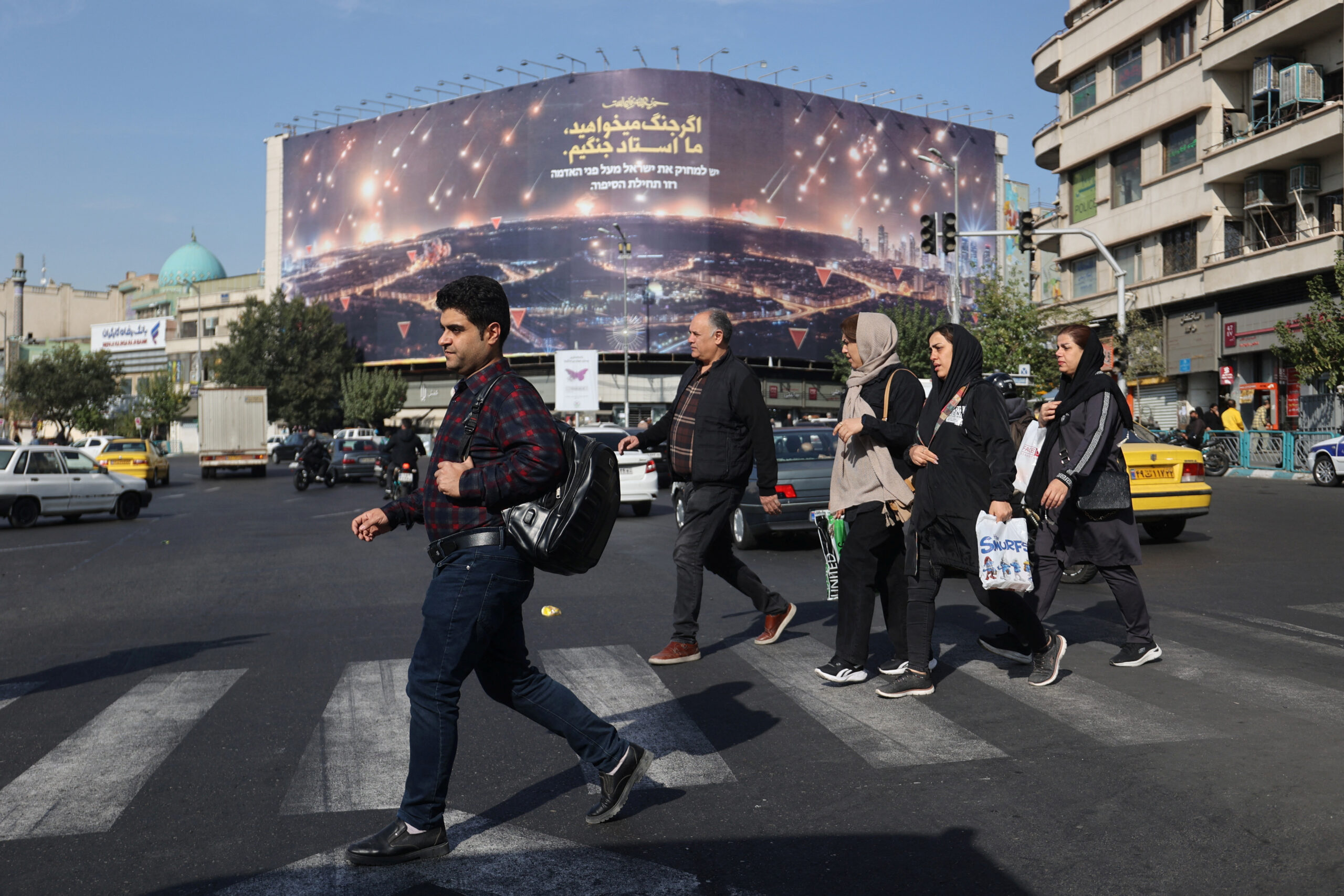
Despite the limited nature of the attack, the Department of Homeland Security issued a bulletin warning of potential Iranian targeting of US government officials. This warning highlights the ongoing risk of escalation and the precarious nature of the situation, particularly if Iranian leaders perceive threats to the stability of their regime.
Further Israeli Strikes and International Reactions

The events followed new Israeli airstrikes targeting the Evin prison in Tehran, known for housing political prisoners and military personnel. CNN reported on the situation from multiple locations, including Tehran, the United Arab Emirates, Tel Aviv, and Washington, capturing the diverse perspectives and reactions to the unfolding events.
On-the-Ground Reporting from Tehran: Celebrations and Anti-Aircraft Fire
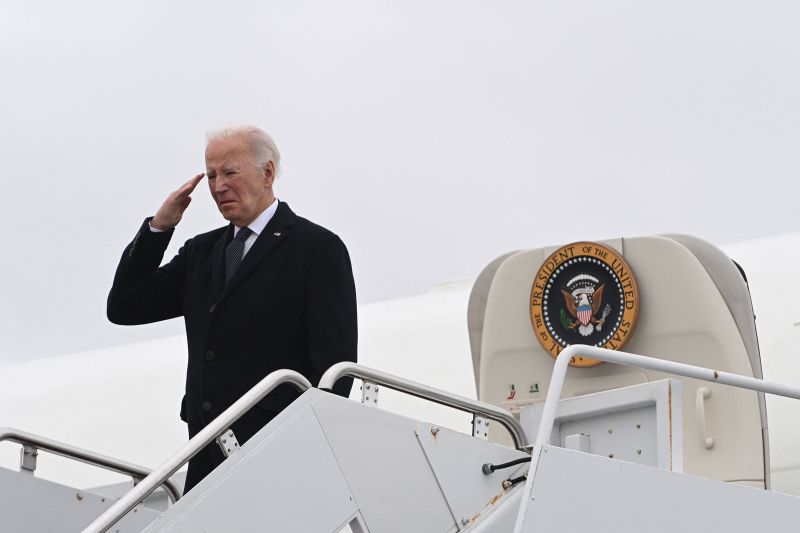
CNN's Fred Pleitgen reported from Tehran on the Iranian response, including celebrations in the streets following the missile launch. He also noted the presence of anti-aircraft fire over Tehran, adding to the tense atmosphere. These observations paint a picture of a complex internal response to the escalating international situation.
Regional Tensions and Economic Implications in the UAE
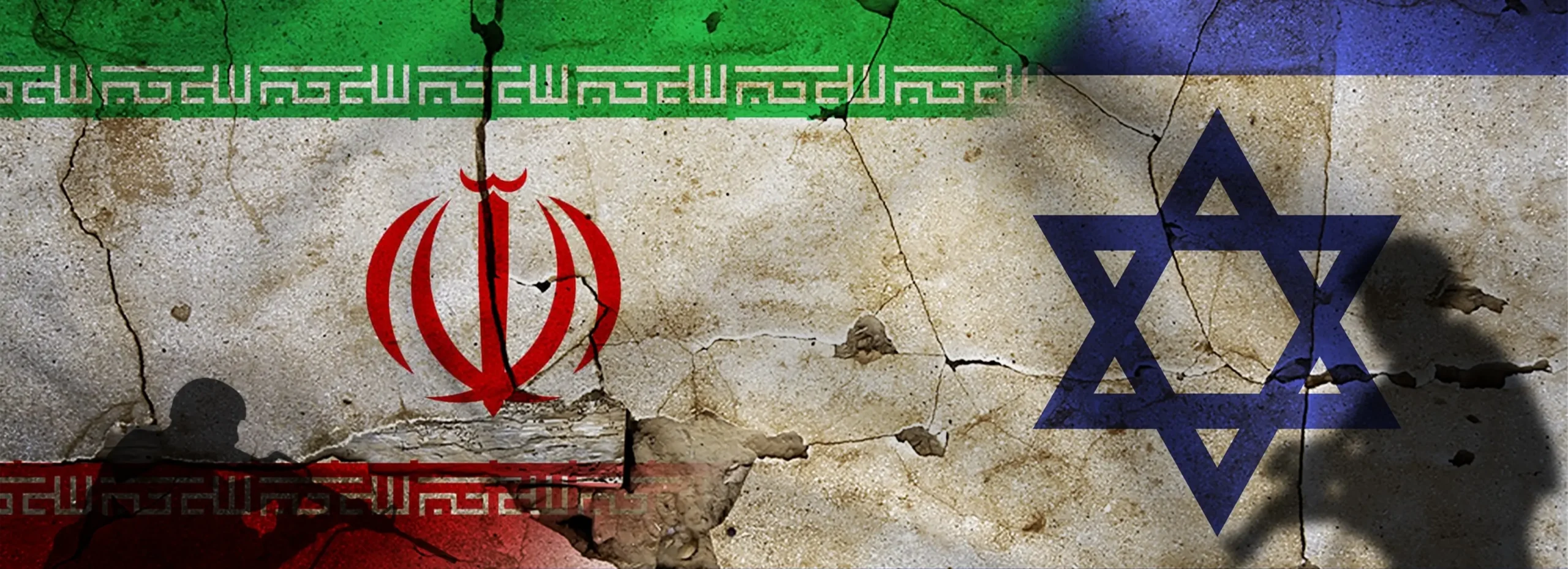
Erin Burnett, reporting from the United Arab Emirates, highlighted the heightened tension in the region. The proximity of the missile launches to US military bases in the Gulf and the resulting airspace closures illustrate the potential for widespread disruption and the concerns surrounding regional stability. Economic anxieties surrounding potential impacts on oil trade through the Strait of Hormuz were also discussed.
Israel's Perspective and Potential for De-escalation
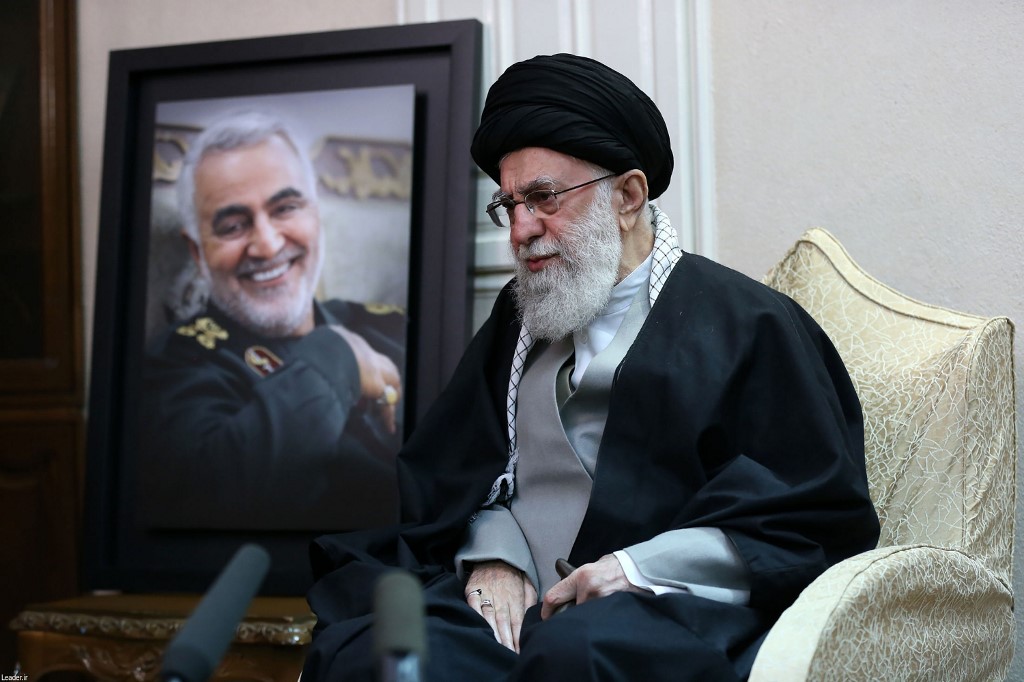
CNN's Jeremy Diamond reported from Tel Aviv, focusing on Israel's perspective. Israeli officials, while on high alert for potential Iranian retaliation against Israeli territory, noted the limited nature of the attack and expressed hope for a potential de-escalation and the possibility of a ceasefire in the near future. This hopeful outlook is contingent upon successful diplomatic efforts.
Expert Analysis: Internal vs. External Messaging

Retired US Air Force General Philip Breedlove and national security expert Joseph Sorensen offered analysis of the situation. They suggested that Iran's actions were primarily geared towards domestic audiences, aiming to project strength and national unity amidst international pressure. The limited nature of the retaliatory strikes and the prior warning to Qatar may reflect a strategic effort to manage escalation and avoid further conflict.
Looking Ahead: A Precarious Balance
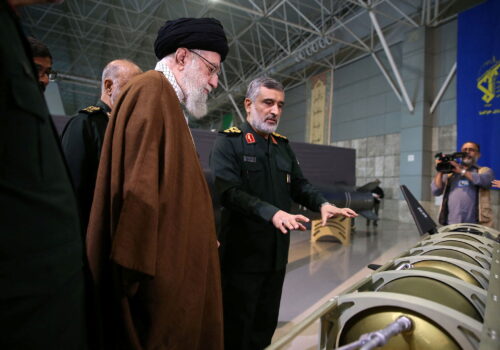
The situation remains highly volatile. While Iran’s measured response and the absence of casualties offer a glimmer of hope for de-escalation, the ongoing threats, heightened security measures, and potential for future attacks underscore the precarious nature of the regional balance. The international community must closely monitor the situation and engage in diplomatic efforts to prevent further escalation and find a path towards lasting peace and stability.